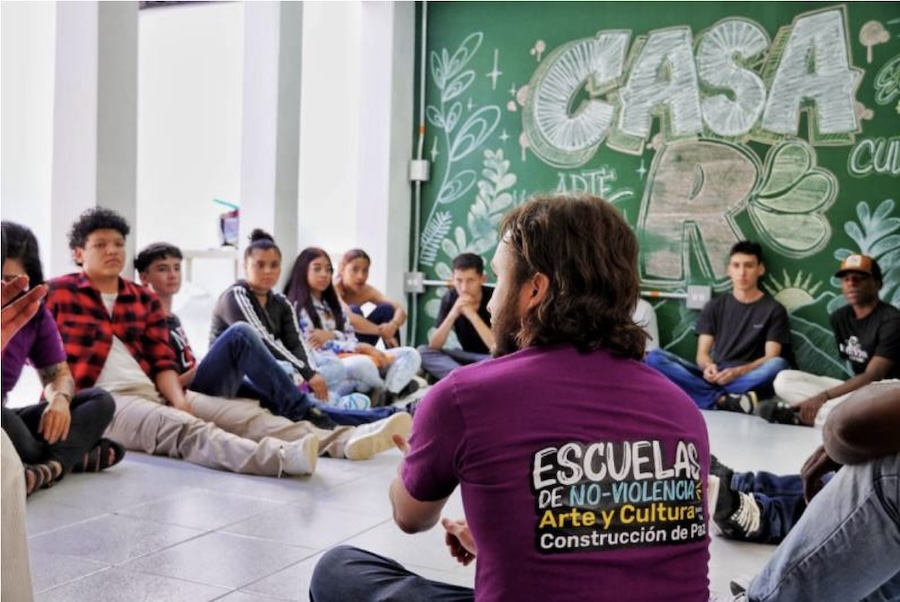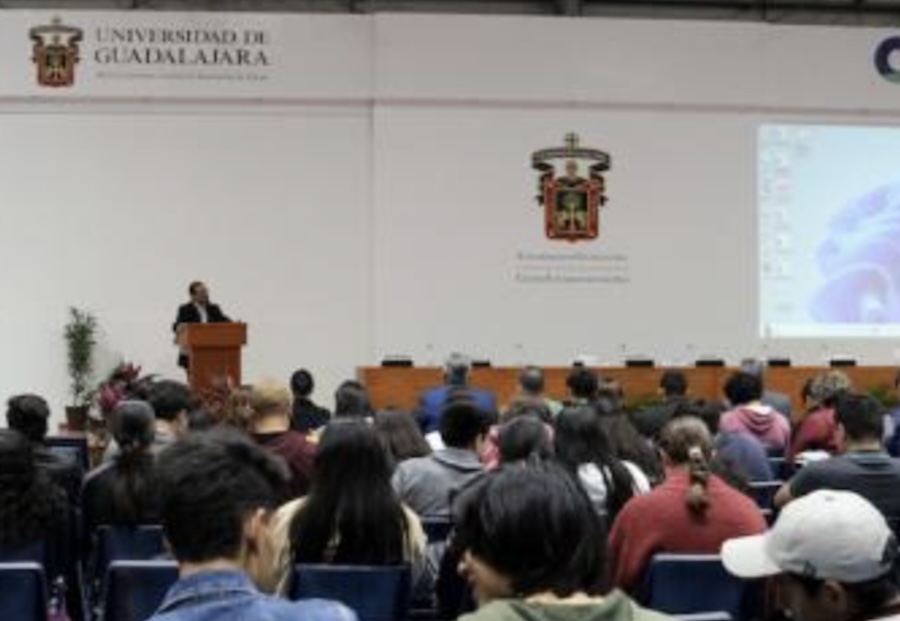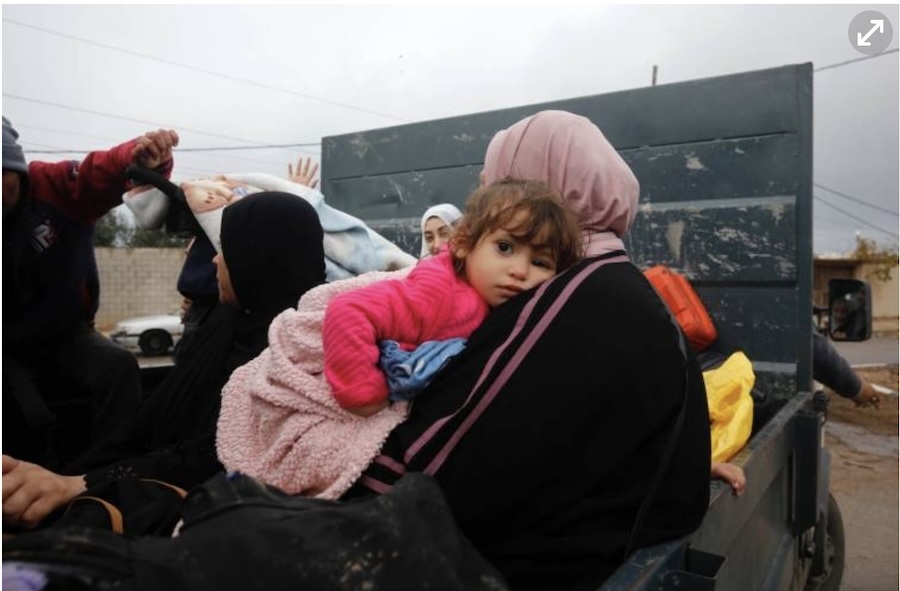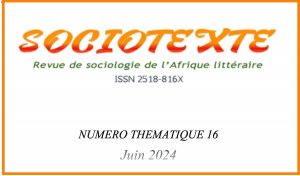. . DEMOCRATIC PARTICIPATION . .
An article from Cambio Colombia
Four years after its creation, the Medellín Non-Violence Secretariat makes spaces for reparation between victims, perpetrators and citizens. As a result, Medellin has achieved the calmest days in the city since the 1980s.

Photo: Mayor’s Office of Medellín.
The capital of Antioquia is experiencing the most peaceful days of the last 40 years. As an example, during the protests of the social outbreak in the country, Medellín was the only place that did not report deaths or missing people.
This was possible thanks to the creation of the Non-Violence Secretariat in 2020, which at that time worked hand in hand with marchers and public forces to preserve order and respect for human rights.
Likewise, the launch of the Secretariat by the District Administration has turned Medellín into a Latin American example for reparation and care for victims, ex-combatants and people deprived of their liberty. Furthermore, thanks to the work of this department with the public force, the city has recorded a reduction of more than 40% in homicides.
The contribution to total peace
Already at the beginning of its activities in September 2020, the Non-Violence Secretariat began to show results. In 2022, thanks to the entity, the Mayor’s Office of Medellín managed to make victims, peace signatories, boys, girls, adolescents and young people the main protagonists of peace building and creators of common spaces, which was previously thought unlikely.
This was achieved through attention to the victims of the armed conflict, and with opportunities and training for peace signatories; with prevention of the involvement of adolescents and young people in organized crime, with the Partners Program; and with training in a culture of peace for boys and girls; also with the implementation of actions with a sense of reparation between victims, community and those responsible.
“The Non-Violence Secretariat is delivering for society and the community organizations with which we interact every day. This work is reflected in the advances in the structuring of the Public Peace Policy for Medellín that has been done in a participatory manner. Also, there is an increase in coverage and in the participation of different populations in various processes,” according to the Secretary of Non-Violence, Cristian Aguirre.
In addition, the implementation strategy of the Peace Agreement was developed, based on the signing of the Agreement with the Special Justice for Peace (JEP) and the recognition of the peace agenda with a restorative approach built by the Collective Memories Process and Territorial Peace in Manrique.
Promotion of employment and entrepreneurship
An economic autonomy strategy was consolidated through employment training processes, composed of eleven courses that impacted approximately 220 people in developing skills and competencies for the populations that are part of the agency’s programs.
Also, support was provided for employability, which has allowed 963 people to get into the job market, 838 of them have been victims of the armed conflict, that is, about 87% of the beneficiaries are victims.
141 enterprises were impacted with the program to strengthen the productive units of victims, with $199 million. And, finally, there is the “Made in Peace” strategy that has been part of 12 city fairs and has generated sales of $228 million in events such as the Flower Fair, the Book Festival, the Month for Peace, the Days of Non-Violence, and Football for Life and Peace.
Accompaniment to victims of the conflict
Among the milestones achieved with the victims of the conflict is the resumption of the search for people reported missing in La Escombrera (commune 13), which could be carried out after seven years of having been suspended.
This work, coordinated with the Search Unit for Persons Reported Missing, the Special Jurisdiction for Peace (JEP) and victims’ organizations, involved a budget of more than $468 million. Another milestone is the delivery of basic income to 7,777 victims of the armed conflict, settled in the city.
In relation to reincorporation and reintegration into social and economic life, the Non-Violence Secretariat has accompanied 610 ex-combatants to enable their access to the offer of employability and entrepreneurship.
In addition, during 2022, productive projects were strengthened and awareness workshops were held with the business sector to promote inclusion and non-stigmatization. In addition, the route of economic reintegration of the signatories of the Peace Agreement was supported and disseminated from the line of action “Community productive development” with professional and technical support for 34 productive units.
(Article continued in right column)
(Click here for the original article in Spanish.)
Question related to this article:
How can we develop the institutional framework for a culture of peace?
What is happening in Colombia, Is peace possible?
(Article continued from left column)
To transform territories and enable peaceful forms of conflict resolution, 4,695 boys, girls, adolescents and young people were trained in peacebuilding by the Schools of Non-Violence, which worked from art, culture and territorial peace based on processes of memory, truth, restorative justice and humanization of conflicts.
“Within our strategies against organized crime and common crime, at the head of the Prosecutor’s Office, the crime of instrumentalization of minors is being charged to those leaders and members of all these criminal organizations who are using or using minors for their misdeeds. . Thus, all the ringleaders have charges in this crime,” said the Secretary of Security and Coexistence, José Gerardo Acevedo.
Through the Partners strategy, 1,443 adolescents and young people were reached with training processes in life skills, construction of territorial peace and strengthening of their life projects. With this, 135 young people were linked to educational, entrepreneurship and employability activities.
In addition, the District developed a tool to analyze the status of the children and adolescents, at the beginning and at the end of their participation in the project, which made it possible to know their impact and generate knowledge about the prevention of instrumentalization or recruitment by illegal armed actors in the city.
In the Youth Public Health and Youth Habitat programs, with more than 1,000 young beneficiaries, the agenda was aligned with key issues for the peace of the country, such as the solution to the drug problem, peace agreements and post-agreements, and the Agreement from Escazú, among others.
And through the Conscious Consumption strategy, a commitment was made to the decriminalization of substance users, and with the Seres del Agua and Medellín en la Cabeza projects, reflection was made on the protection of the environment and those who safeguard it.
Schools of Non-Violence
Another of the secretary’s strategies was the creation of the Schools of Non-Violence through which a process is developed that seeks to transform the lives of boys, girls, young people and adolescents by training them through art and culture to build peace in their territories, in addition to showing them forms of resistance and humanization of conflicts in the face of violence.
The main allies to be able to bring this offer to different communes and townships of Medellín are the social organizations that in each territory work to remember, seek the truth, and be symbols of resilience and resistance against violence with art and culture to transform realities. .
Ana María Hoyos, 24 years old, is a trainer of the Schools of Non-Violence and is part of the Robledo Venga Parchemos Corporation, an organization that has been developing processes for the construction of peace and memory through art for a long time. . Among the processes carried out in the corporation is the incubator of aerial acrobatics in fabrics, in which Ana is one of the promoters through theater and circus processes, and with which they are also linked to the Schools of Non-Violence , relating these artistic activities to the processing and humanization of conflicts for the construction of peace.
“In 2015 we were established as a corporation and this was born from the gathering in the territory of young artists who met in other spaces in the city and due to the very complex and violent dynamics of the territory they did not meet in the same neighborhood. They saw in the Robledo Venga Parchemos Corporation the possibility of being recognized and validated from other perspectives; and so they found a new way of inhabiting public space by filling it with art,” says Ana María.
In the Corporation they started with cultural spaces and from this two events emerged that are the most representative. The first most emblematic event of all was an Artistic and Cultural Lunada, which revolves around sitting in a park to share a chocolate, to make music, that is, to make a cultural take, which little by little evolved and became a cultural march through the neighborhood.
Ana María tells how her proposal has evolved. “Little by little ‘La Lunada’ was transformed until it reached the open-air theater in La Batea park, which is where it is currently performed. This was before a place of consumption and fights, and ‘La Lunada’ came to redefine this space to fill it.
The second event was the Circo al Puente, which was born from the intention of holding an artistic exhibition of the aerial acrobatics. ‘”This process began on the Bridge between Robledo Aures and Villa Sofía, which was previously an invisible border and we turned it into a space where we could practice aerial acrobatics. Thus we began to transform another space that had been violent, to fill it with art and redefine it,” said Ana María.
The Robledo Venga Parchemos Corporation projects itself and shares its knowledge in the territory with the boys, girls, adolescents and young people who are part of its group. It has transformed the neighborhood, giving new meaning to the territories and appropriating public space to fill it with culture.
This process has been strengthened by the Schools of Non-Violence, since they have not only been linked as a school, but they themselves are constantly in training to continue acquiring various knowledge and taking it to their training. Diploma courses and collaborators are some of these spaces to remember, share knowledge and experiences.
The Non-Violence policy of the District Mayor’s Office continues to work hand in hand with the social organizations that have committed to the processes of peace construction, resignification of the territories, building memory and searching for the truth, to continue impacting and transforming processes through art and culture and in this way be closer and closer to that peaceful future of Medellín.













